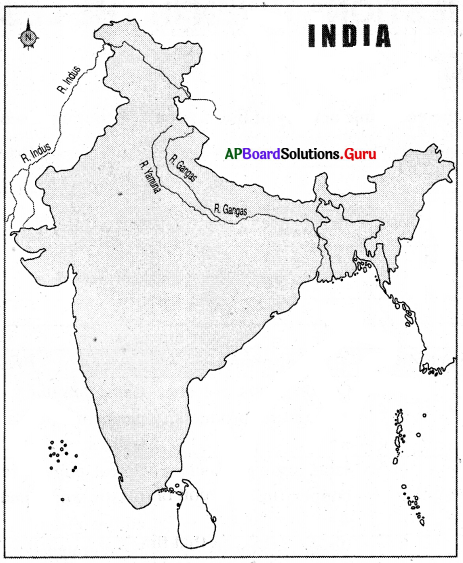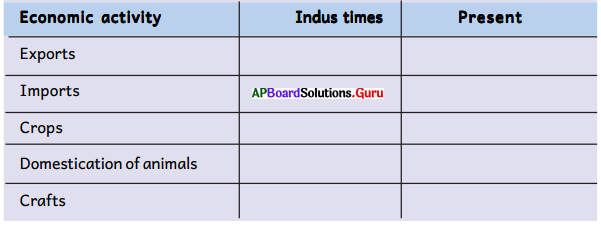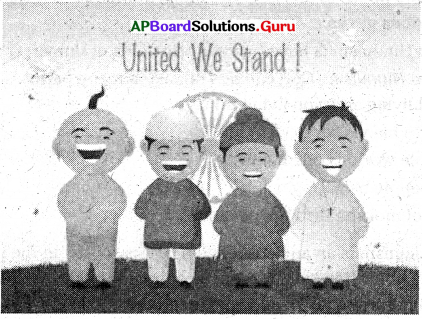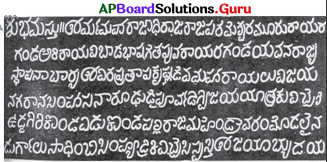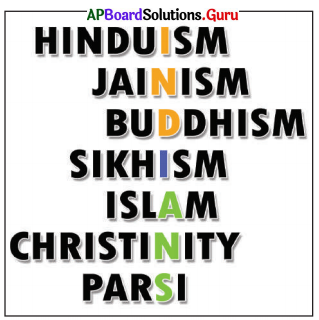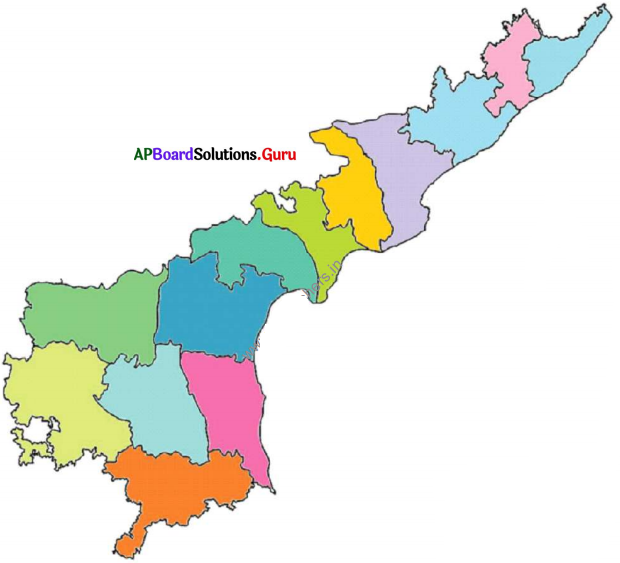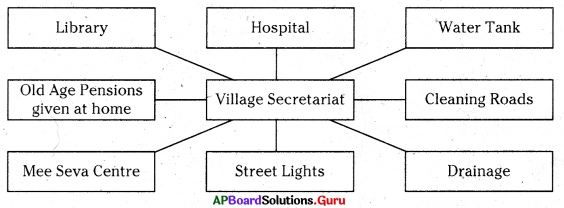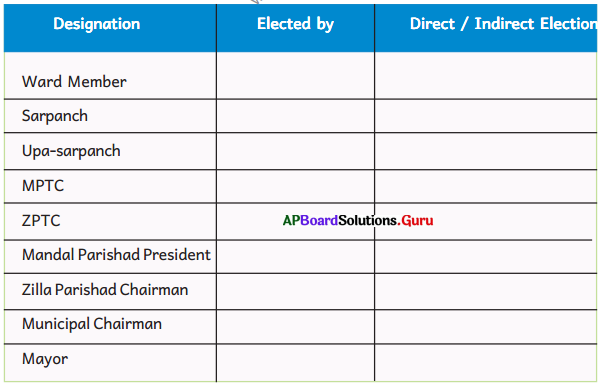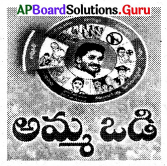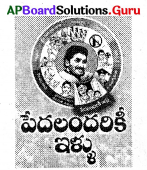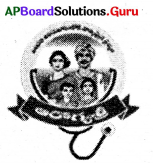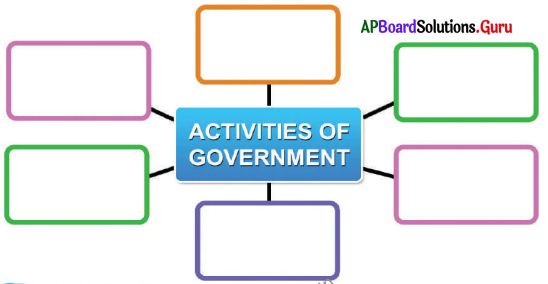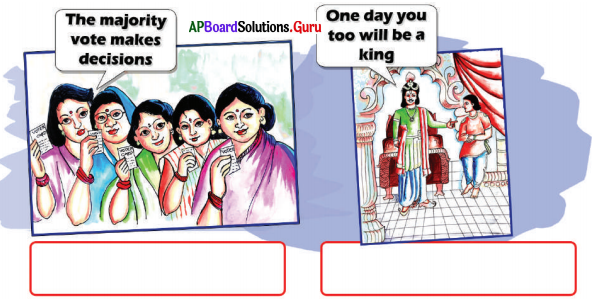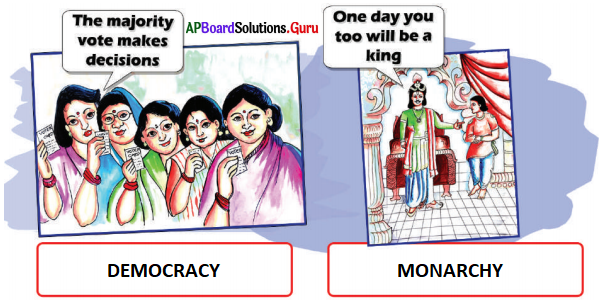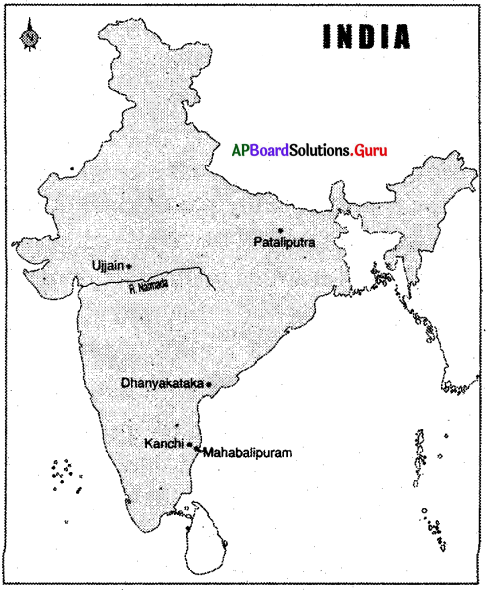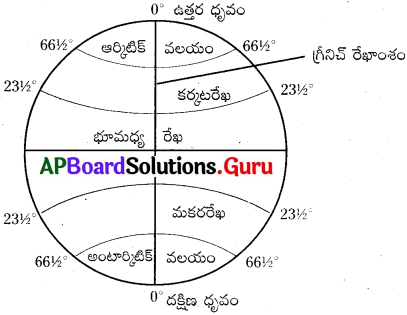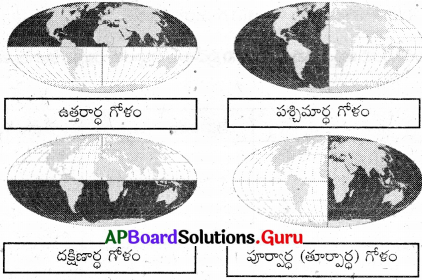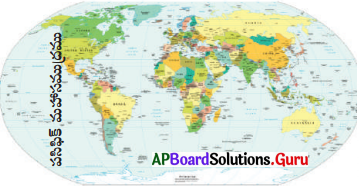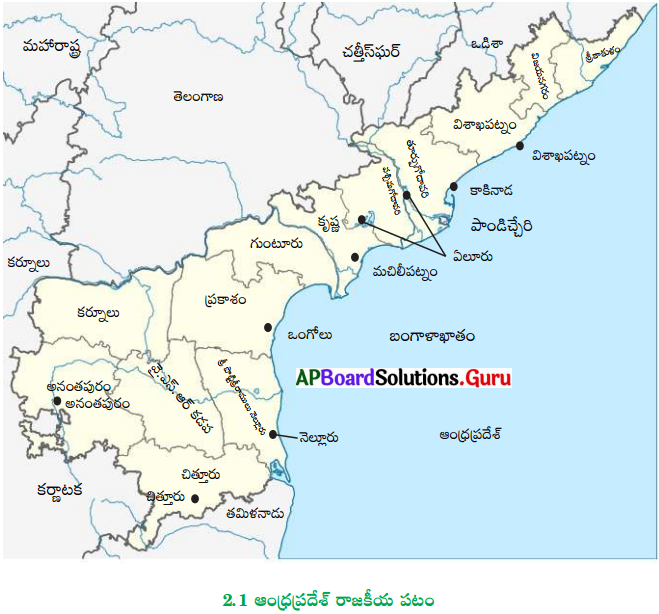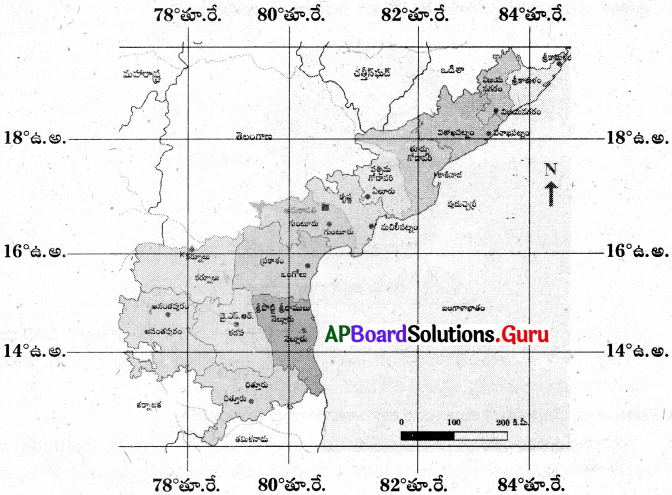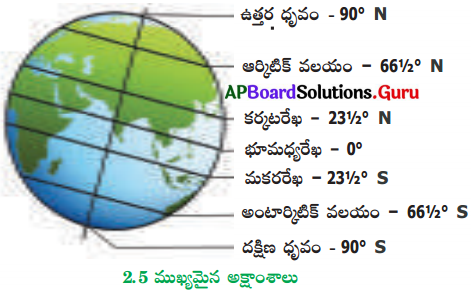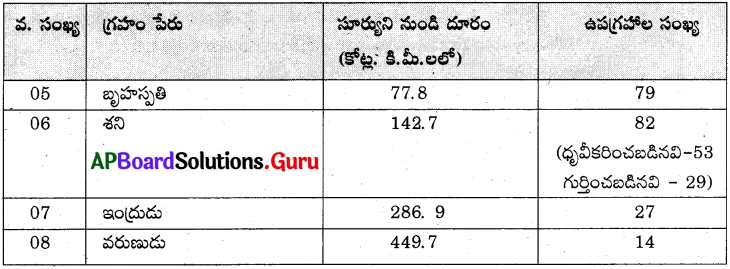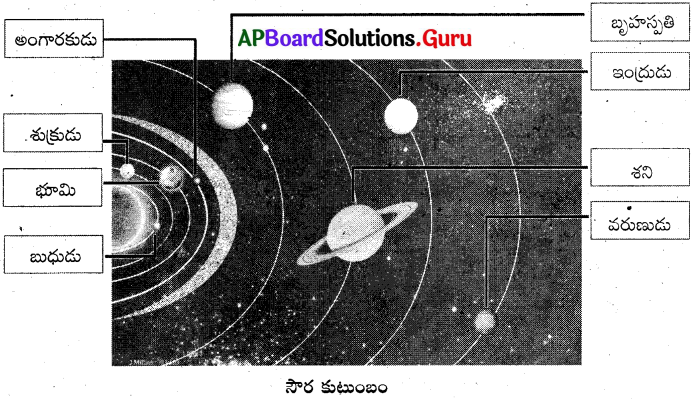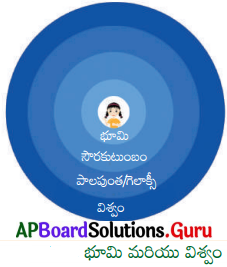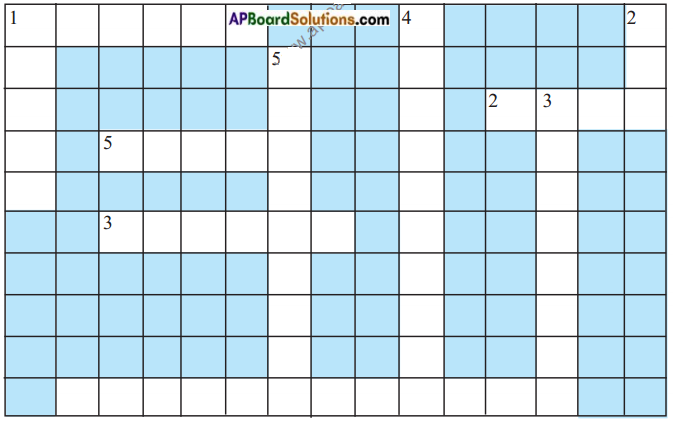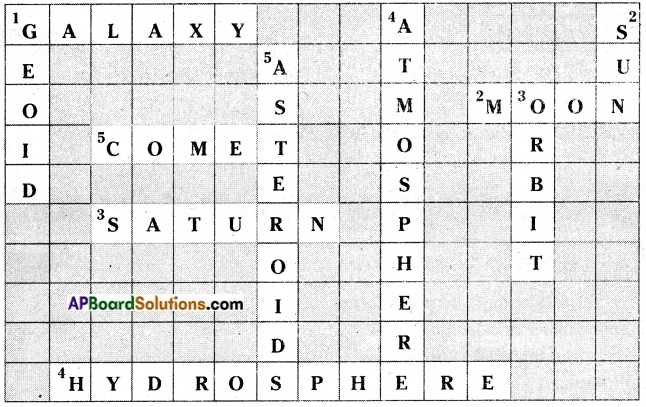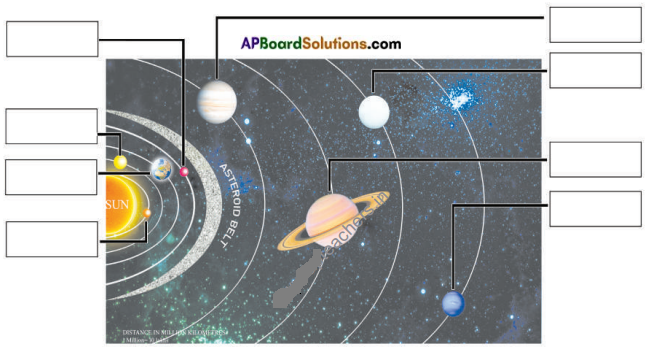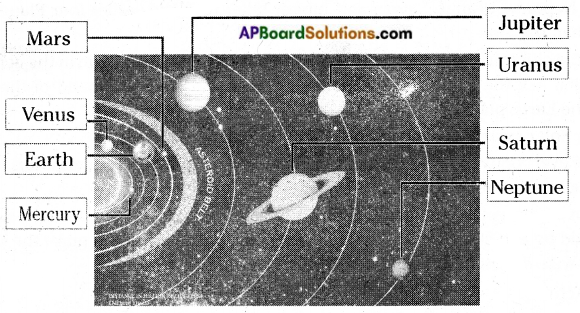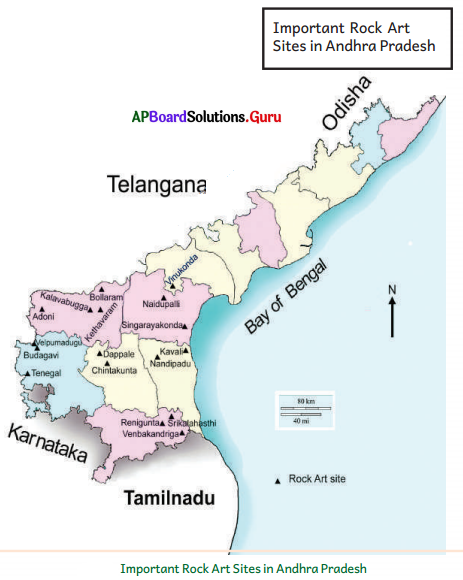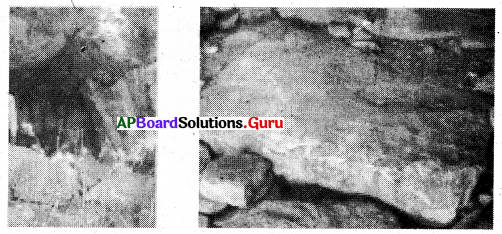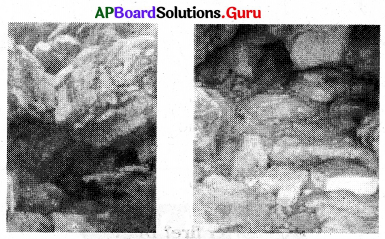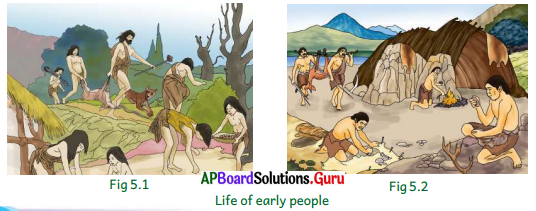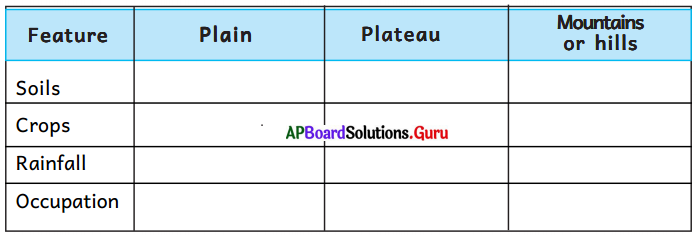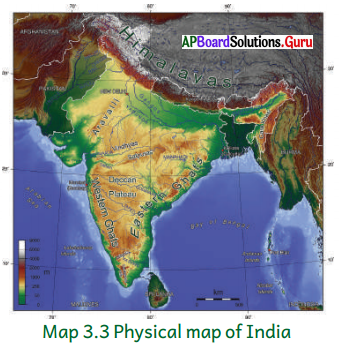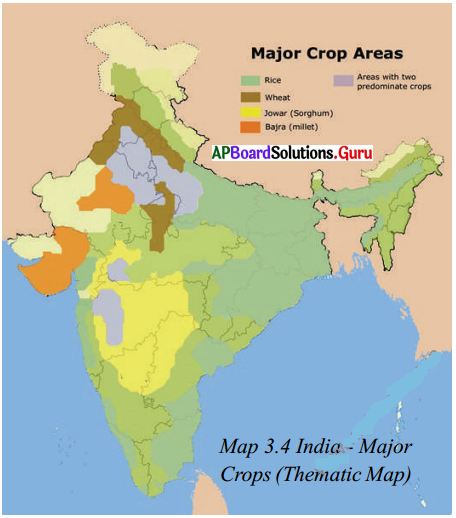SCERT AP Board 6th Class Social Solutions 12th Lesson Towards Equality Textbook Questions and Answers.
AP State Syllabus 6th Class Social Studies Solutions 12th Lesson Towards Equality
6th Class Social Studies 12th Lesson Towards Equality Textbook Questions and Answers
Improve Your Learning
Question 1.
Observe the given sentences and write True/False in the given brackets.
Answer:
i. One of the more common forms of inequality in India is the caste system. (True)
ii. Every person should not be treated with dignity. (False)
iii. Establishing equality in a democratic society is a continuous struggle. (True)
![]()
Question 2.
How you will use these numbers when you or others are in trouble?
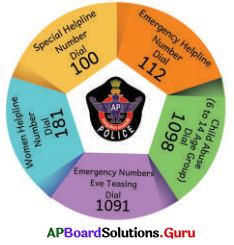
Answer:
Eve teasing -1091: Whenever I find boys teasing the girls I will call 1091. Police will arrive immediately and arrest the teasers. With this service, girls will be protected.
Children abuse – 1098: When I find any child getting abused I will call 1098 and the child will get protected.
100,112 and 181 are meant for special protection for women.
Question 3.
Why does the caste system remain such a controversial issue today?
Answer:
The caste system is the most dominant reason for inequality and discrimination in India. Dr. B.R. Ambedkar fought actively for equality among the citizens of India. The government policy of reservation has helped in enhancing the education and economic status of the Schedule caste and Schedule Tribe. “But despite, the above efforts, still there is a long way to go as in rural areas caste-based identities are still prevalent.
Question 4.
What were the different reasons people had for not sending girls to school before freedom?
Answer:
Before freedom, the status of women within the country was in a deprived state. There was male dominance. Due to this the position of women was undermined. Child marriage was in practice at that time. The parents might be in opinion that getting married is better than sending them to school. The girls have to perform all the household activities. So the elder people are of the opinion that it is better than girls were not sent to the school.
![]()
Question 5.
What are the common forms of inequality that exist in India?
Answer:
- Social inequality,
- Political inequality,
- Economic inequality and
- Gender inequality are the common forms of inequality that exist in India.
Question 6.
Write a short note on equality in Indian democracy.
Answer:
Equality means “the state of being equal”. All the people in the society have the same status in all respects, including civil rights, freedom of speech, property rights, and equal access to certain social goods and social services. All are equal before Law Importance has been given to achieve equality in the Indian Constitution. Untouchability was abolished by Law. People are free to choose the kind of work they wish to do. Government jobs are open to all people. All people got equal importance.
Question 7.
Give suggestions to remove inequality and discrimination in Indian society.
Answer:
The remedial measures to be taken to remove inequality and discrimination are:
- Quality basic services like healthcare and education are to be provided.
- Reservations for women are to be provided.
- Children have to know about other religions also.
- Importance has to be given to moral values. We have a great culture.
![]()
Question 8.
Differentiate between inequality and discrimination.
Answer:
Inequality means differences in treatment. The different forms of inequalities are social inequality, political inequality, and economic inequalities.
Discrimination is being negative towards other people. Discrimination can happen on the basis of color, class, religion, and gender.
Project Work
Question 1.
Split the class into small groups, discuss with your peer group on discrimination and write a report on it.
Answer:
- What is discrimination?
A Group: Discrimination is the demonstration of negative actions towards people. - What can be considered discrimination?
B Group: When someone is treated unfairly or differently based on color, class, religion and gender, it will be considered as discrimination. - What are the kinds of discrimination, we observe?
C Group: Discrimination of Gender, disability, race, religion, region, caste are some kinds of discrimination we usually observe. - How this discrimination can be checked?
- By educating people and children in the school level and children educating the uneducated parents we can resolve the discrimination to some extent.
Question 2.
Collect information about any two famous personalities who faced prejudice and discrimination.
Answer:
- Nelson Mandela: He brought peace to a racially divided country. He was successful in resolving discrimination on grounds of race. He led the fight for human rights around the world.
- Though he spent 27 years in prison he did not stop the fight against discrimination.
- Sindhutai: Sindhutai was born in 1948. She faced gender discrimination in her family itself. Though her father was keen to educate her, she was sent to school under the pretext of cattle grazing. She was married at the age of nine. She was beaten badly and left to die by her Husband. She came back to her mother’s house, but her mother refused to shelter her. Though she was alone, she realized that there were so many children abandoned by their parents. She adopted and gave shelter to 1200 orphans. and won 750 awards. The President of India honored her with Nari Shakti Puraskar. In spite of poverty, child marriage, gender discrimination, and being abandoned by her family, yet nothing stopped her. It shows that for a committed individual nothing is impossible.
![]()
Question 3.
How can you fight against inequality and discrimination in your village?
Answer:
- With the help of my friends, I will arrange meetings regularly and educate the villagers.
- I will convince them that all are equal.
- I will quote the words from our books that all are equal before God.
6th Class Social Studies 12th Lesson Towards Equality InText Questions and Answers
Let’s Do
Question 1.
What have you observed here? Discuss with the help of your teacher. (Textbook Page No. 141)

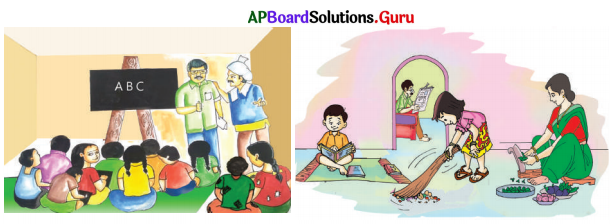
Answer:
We observe gender discrimination, racial discrimination, and regional discrimination in the above picture.
![]()
Question 2.
Prepare a poster that illustrates discrimination. Hang your posters around the school to encourage schoolmates to take action against discrimination. We have a preamble in our textbook. Find where it is? Read it carefully. What you observed and understood about equality, discuss in your classroom. (Textbook Page No. 144)
Answer:
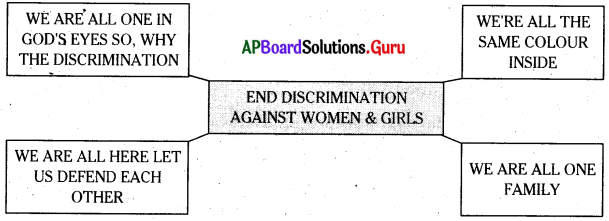
- All are equal. All people should get equal importance.
- Our constitution provided provisions to achieve equality.
- Our preamble provided equality of status and opportunity to all the people of the country.
Think and Respond
(Textbook Page No. 137)
Question 1.
In what ways are the women experiencing discrimination in the present society?
Answer:
Even today in some rural areas a girl is not allowed to go to college after finishing her schooling. Most of the girls are not allowed to select a career of their choice. They are forced to choose marriage instead of taking up a job. After marriage, she has to give up the job to raise children and to look after the family.
Question 2.
Have you ever attended any other religious place? What good things have you observed there? What similarities did you notice?
Answer:
I had been to church and mosque also. In both these places, they pray together like in temples. On festival days they all meet together and participate in prayer together.
![]()
(Textbook Page No. 139)
Question 3.
Do you support gender discrimination? Discuss in the classroom.
Answer:
I don’t support gender discrimination. In school, we play together, discuss in the classrooms together, and eat lunch together. We will compete with each other in our studies. We support them to compete with us in all aspects. As mentioned in the pledge we move like brothers and sisters.
(Textbook Page No. 140)
Question 4.
Write your opinion on this (Racial discrimination faced by Gandhi in South Africa) incident.
Answer:
The discrimination which Gandhiji faced is racial discrimination. In South Africa, only white people are allowed to travel in first-class compartments in those days. Gandhiji also purchased a first-class ticket. Yet he was not allowed to travel in that class. On the complaint of a white man, he was thrown out of the train. Nowadays we don’t find this type of incident.
Question 5.
What type of discrimination is it? Discuss in the classroom.
Answer:
The discrimination mentioned here is racial discrimination. In the olden days there existed racial discrimination mostly in America and South Africa. But now there is no racial discrimination. All are being treated equally. In India also all the races people are treated equally.
Question 6.
Have you ever faced any kind of discrimination? How did it make you feel?
Answer:
I haven’t faced any kind of discrimination. If I face any discrimination it will make me sad.
![]()
Question 7.
Have you observed any changes from past to present? How did the changes come about? (Textbook Page No. 141)
Answer:
We can observe a lot of changes in society when compared to the past.
- Girls are coming to schools in large numbers. They are competing with the boys equally. In some examinations we find girls dominating boys. Women are participating in games. Women are doing jobs. .
- We don’t find untouchability.
- People can attend religious functions according to their wishes.
- Government jobs are open to all. Anyone can achieve a government job. All the people are enjoying equal status.
Question 8.
The government introduced many programs like mid-day meals, Free textbooks. Free distribution of school uniforms, shoes, etc. Discuss how these are helpful in achieving equality? (Textbook Page No. 144)
Answer:
The mid-day meals program is very much useful because all the children will meet at one place and they have their meeds in the group by having discussions. Oneness feeling will develop with these types of programs.
With other programs like free textbooks, uniforms, and shoes all the students look alike and the feeling “all are equal”, is seen and felt. So all these programs are helpful to achieve equality.
